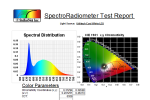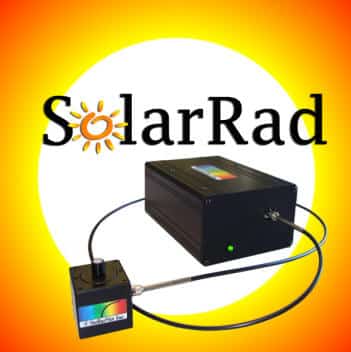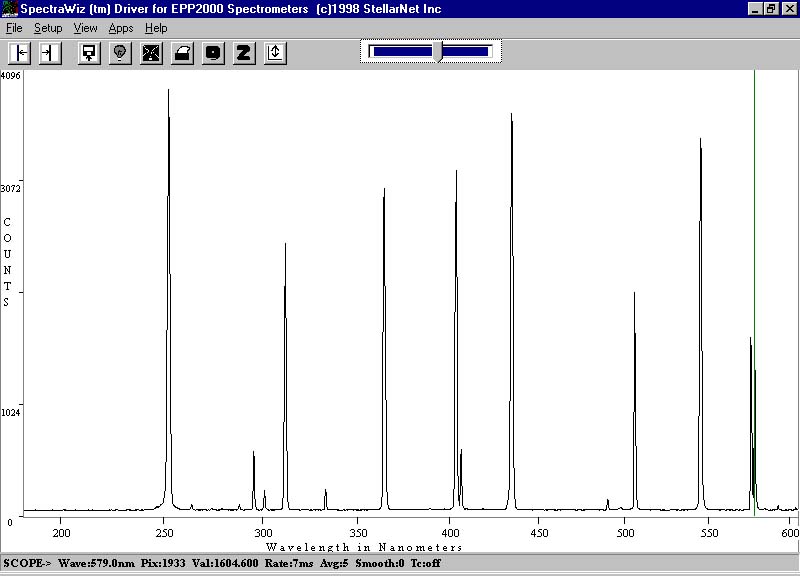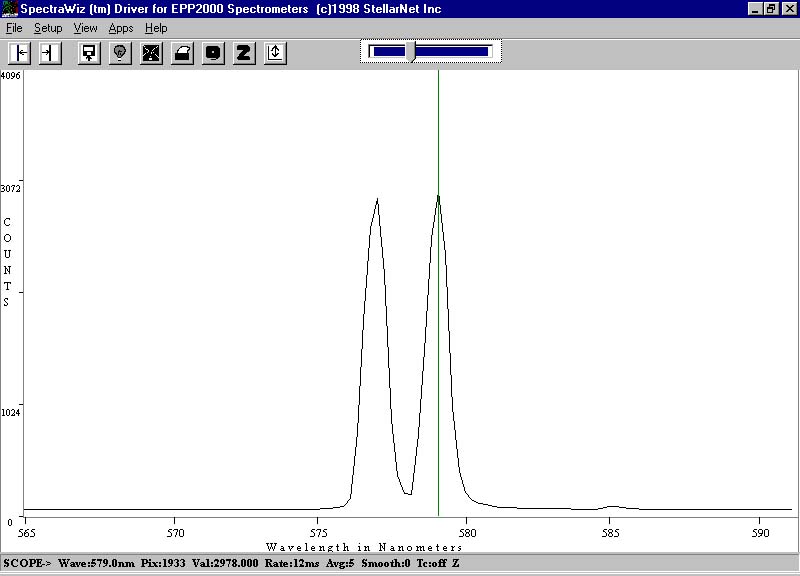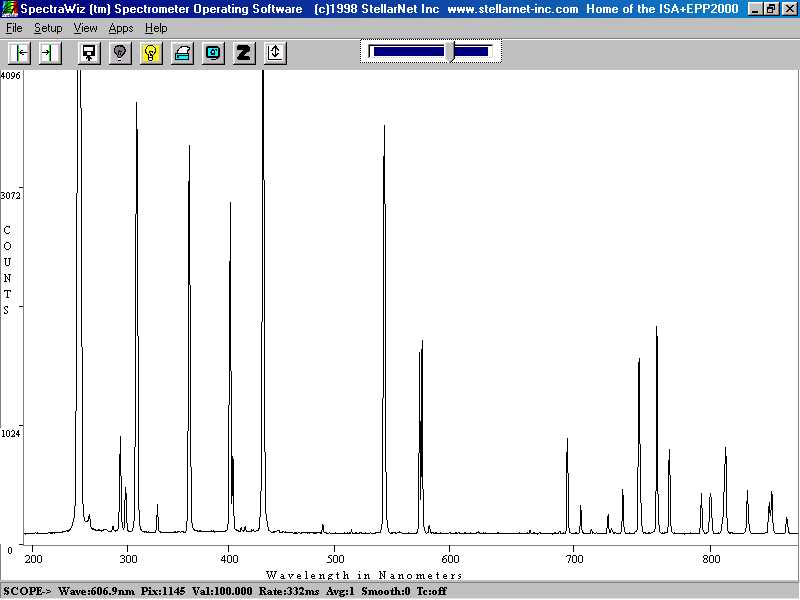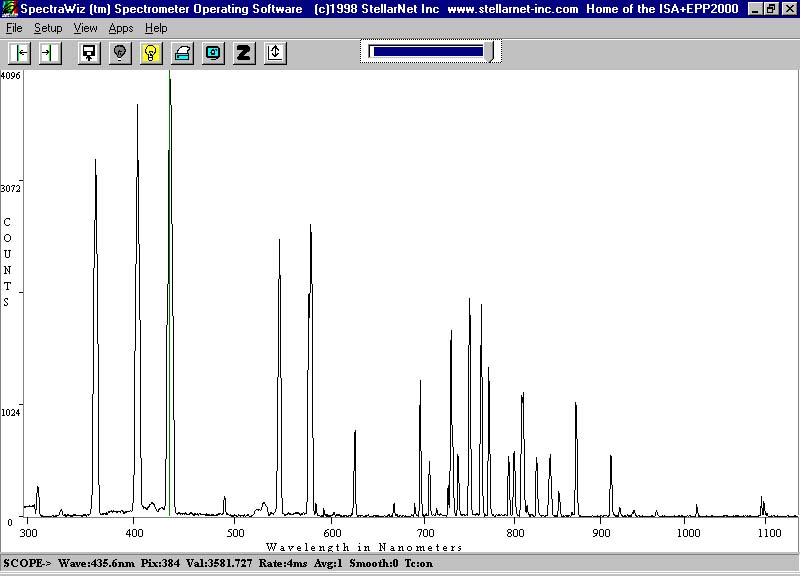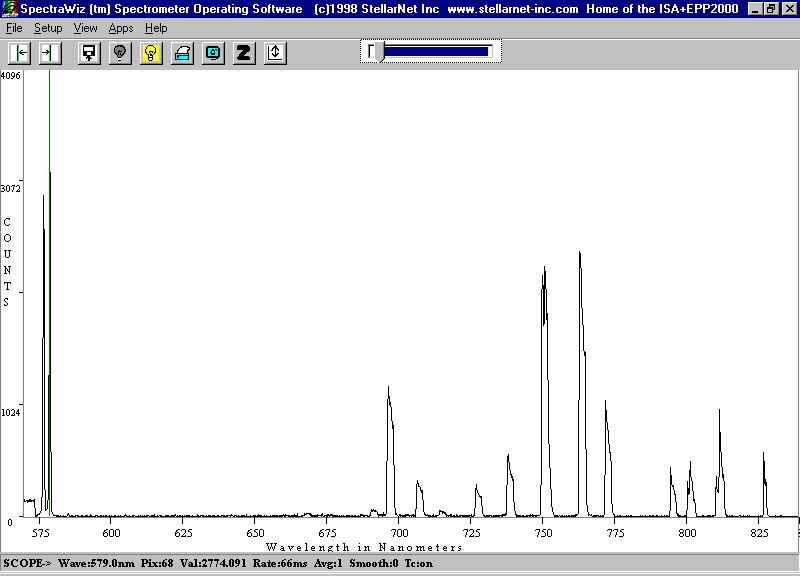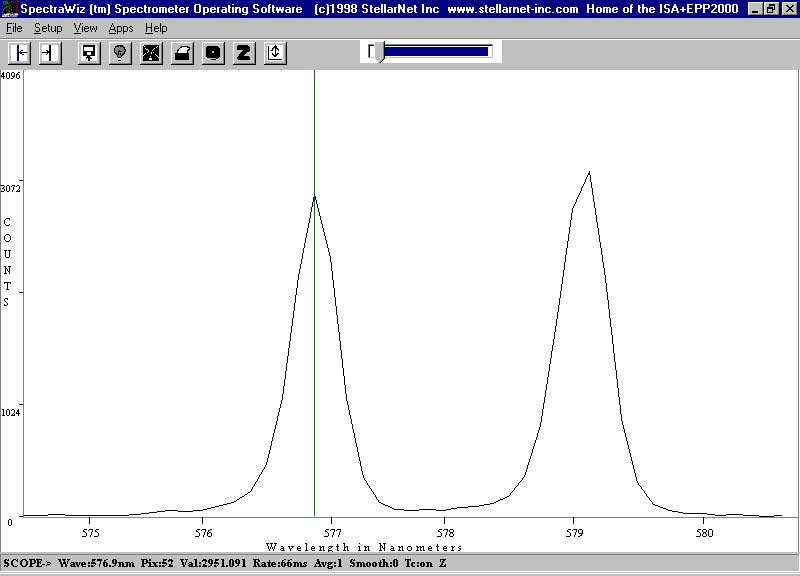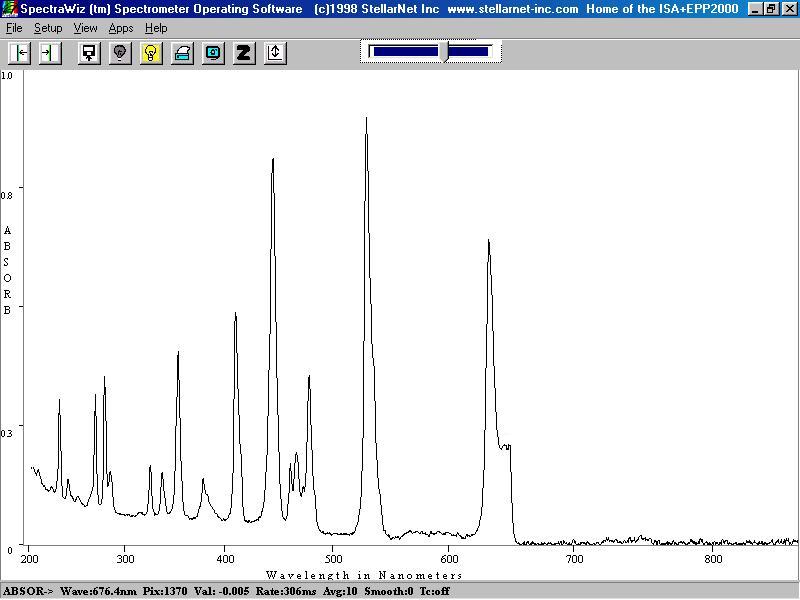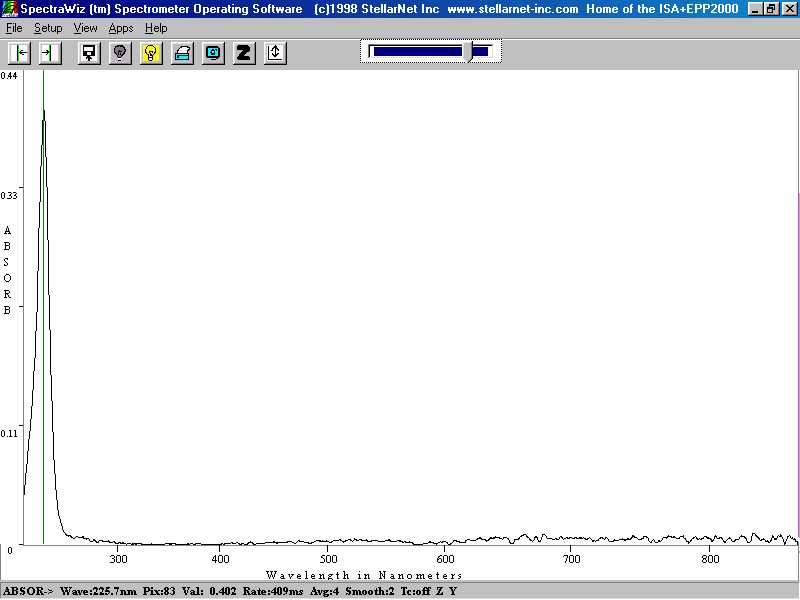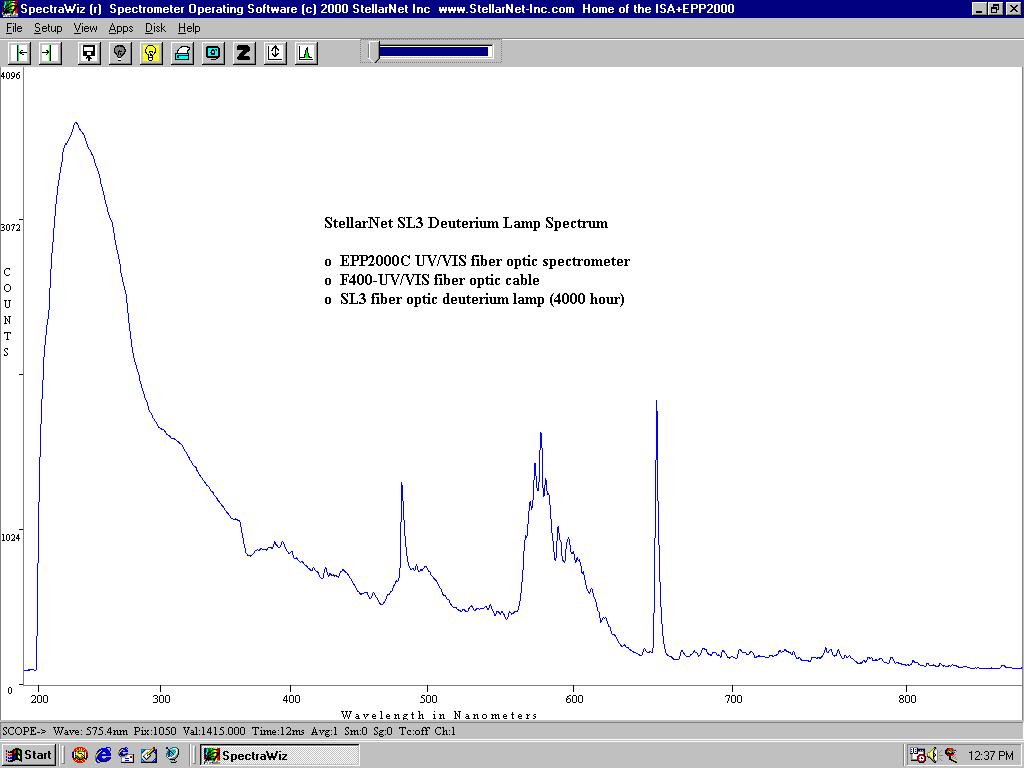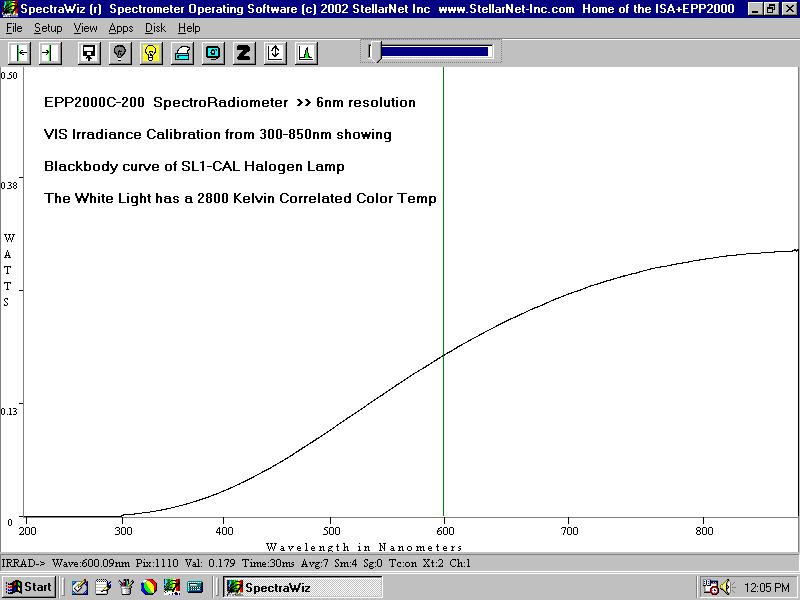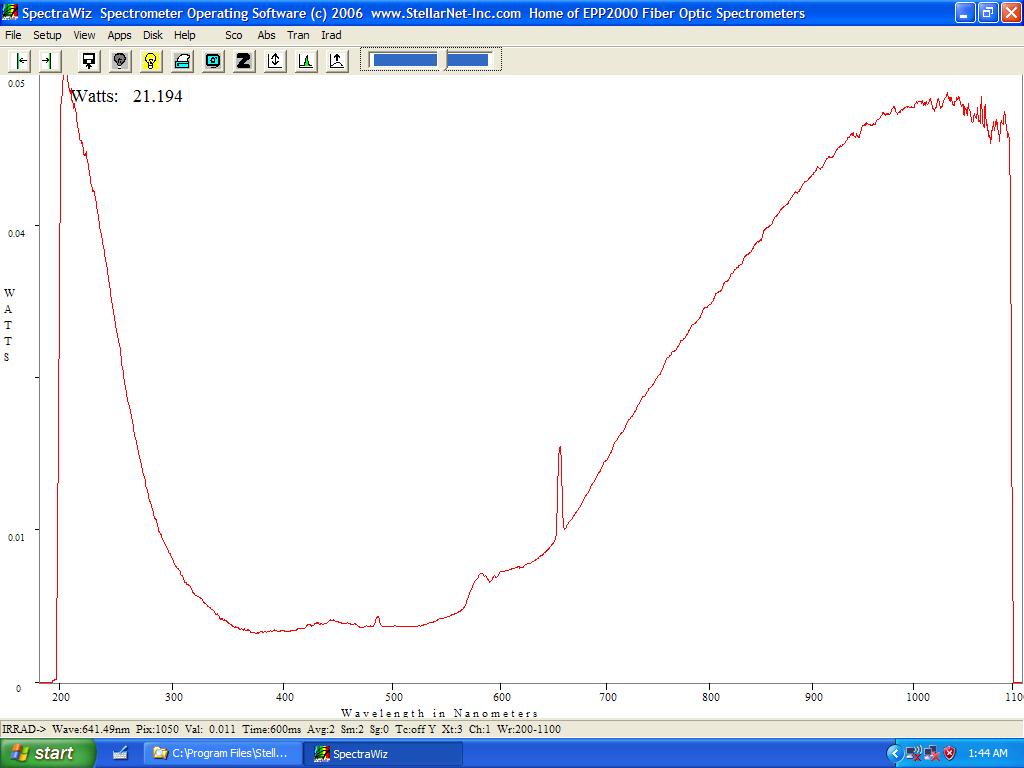Technical Specifications
Spectrometer System – General Characteristics
| Optical input: | SMA 905 connector for single strand optical fiber or probe attachment. |
| Sensitivity: | Dependant on detector ILX511~80 TCD2101~200 S7011~10 photons per count. |
| Signal2Noise: | with CCD <=1000:1 with PDA<=2000:1 with InGaAs <3500:1 |
| Stray Light: | for BLUE/GREEN-Wave < 0.1%@435nm; for BLACK-Comet <0.02%@435nm < 0.2%@220nm |
| Linear Range: | 0-2.1 absorbance units (< 0.5%) |
| Exposures: | Standard electronics = 1ms-8 minutes, Legacy Instruments: LT-12= 2ms-60 sec, LT-14 = 1ms-60 sec |
| Resolution: | Depends on Model + slit selection (0.1nm-10nm); for BLACK-Comet < 0.75nm |
| Accuracy: | Wavelength < 0.25nm |
| Repeatability: | Wavelength < 0.05nm |
| Stability: | Wavelength < 0.001nm per Deg C |
| Compensation: | StellarNet temperature compensation for detector count stabilization is software selectable. RED-Wave-NIR-InGaAs spectrometers have a Thermo Electrically Cooled (TEC) detectors. |
Detector Technical Specifications
| File | Description |
|---|---|
| ILX511 | Sony ILX511 CCD detector 2048 pixels 14um wide by 200um tall –Typical CD Efficiency Curve |
| TCD1304DG | Toshiba TCD1304DG detector 3648 pixels |
| CMOS S11639-01 | Hamamatsu CMOS 2048 pixels |
| InGaAs – 512, 1024 | InGaAs Linear Photodiode Array – cooled PDA detector 512 or 1024 pixels |
| InGaAs-X | InGaAs Linear Photodiode Array – cooled PDA detector 512 pixels extended range |
Determination of Spectral Resolution
Resolving-power Resolution (RR)
When closely spaced line emission peaks can be resolved (such as the 577+579nm Mercury doublet) and are clearly separated at Half the Max peak height (HM), the distance between the peak and where its slope intersects the HM is the resolving resolution in nanometer(s). StellarNet estimates spectrometer resolution using RR. In a spectrograph with a perfectly imaged detector array, RR will be the nm/pixel dispersion. Larger slits decrease resolution as the image spreads to adjacent detector pixels.
Line-width Resolution (LR)
When a single peak is measured at its Full Width Half Max (FWHM), the difference where the slopes intersect the HM is the Line-width resolution in nanometer(s). Conversion from LR to RR use: LR ~= 2 * RR.

